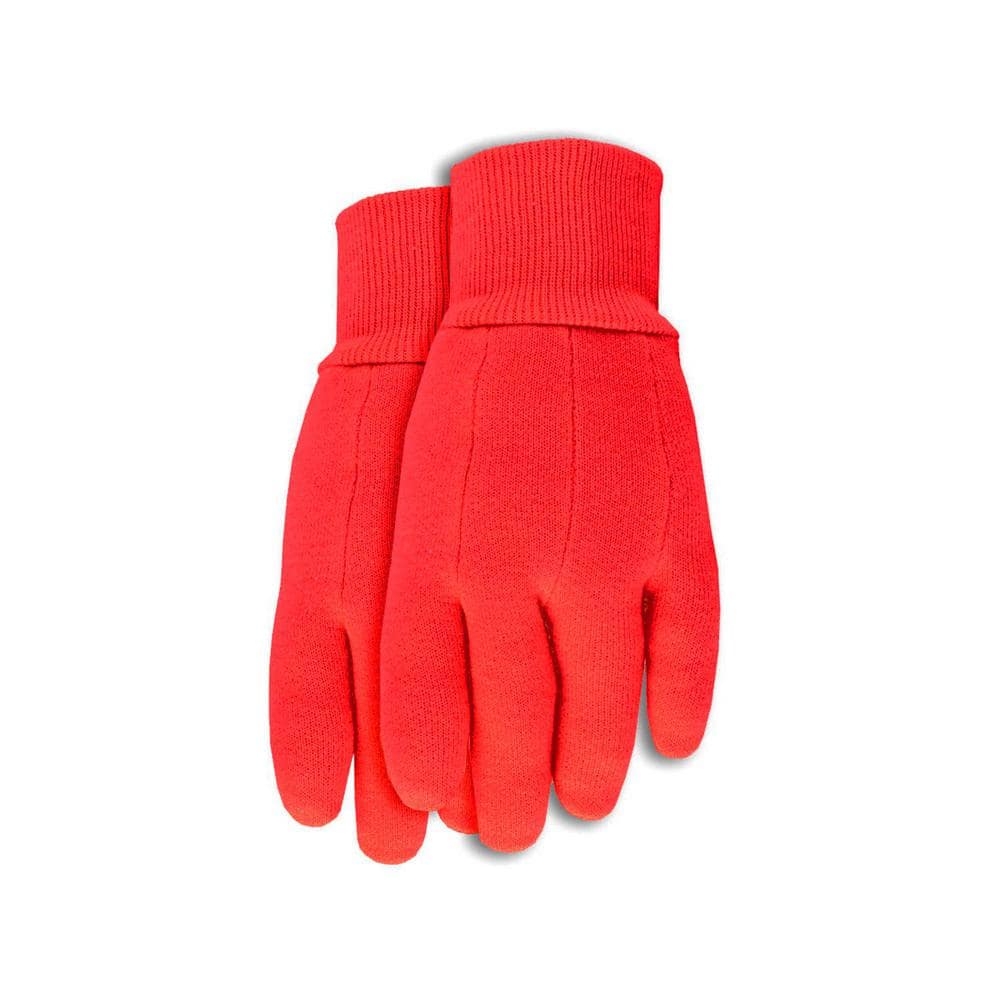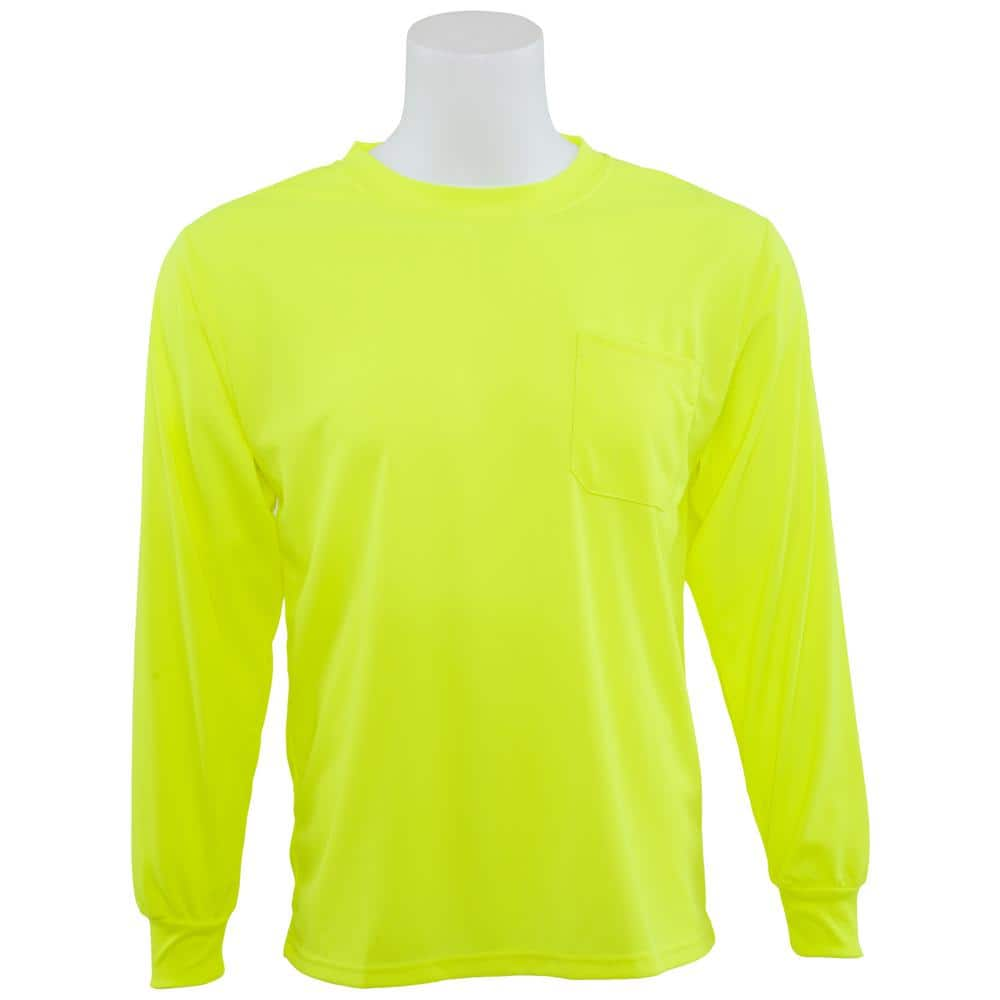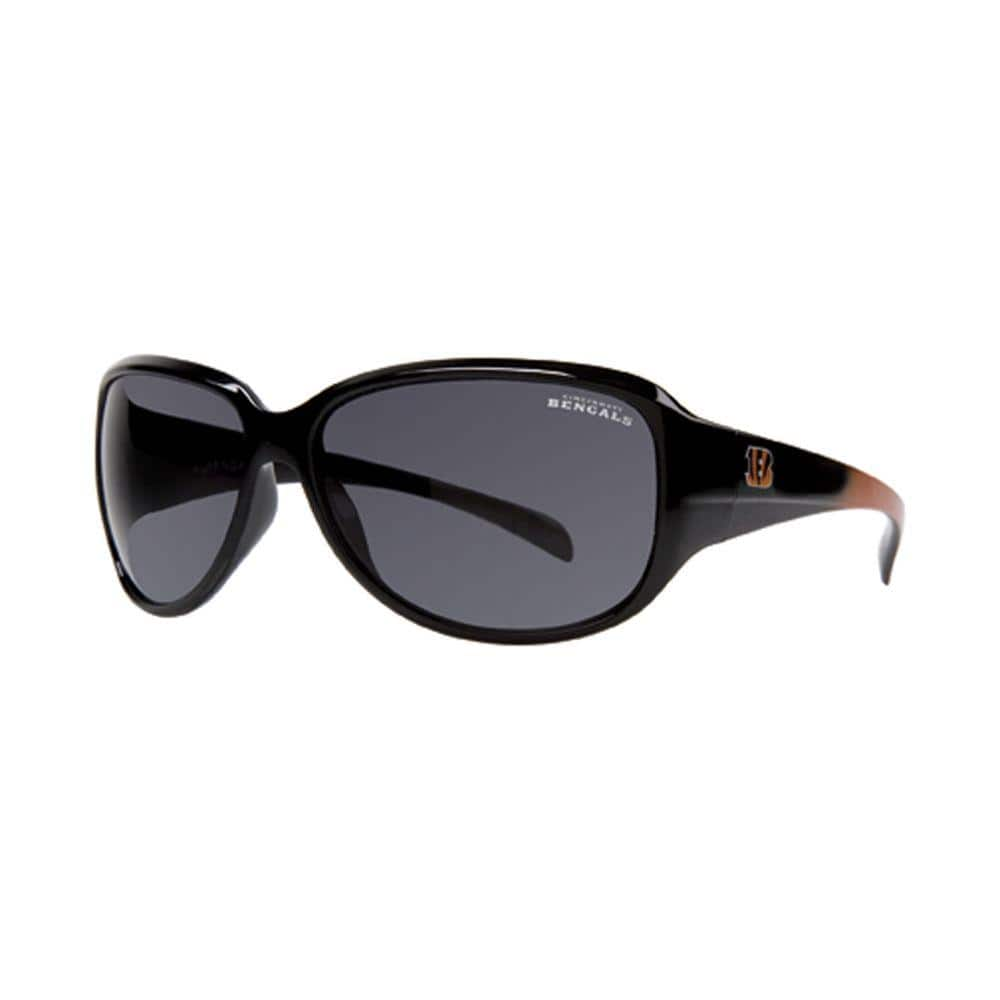Best Gloves for House and Yard Work

Last updated September 7, 2023
Work gloves are great tools to keep in your tool box, but are often overlooked. There are several types of gloves available that can protect your hands while you work on various projects. Different gloves are better suited for different jobs, so you may opt to keep more than one type on hand.
This buying guide highlights the different types of work and safety gloves available, along with the materials that comprise them, sizing and fit, and uses and safety.
Table of Contents
Things to Know Before Buying Gloves
Sizing and Fit
Usage and Safety
Alternatives to Latex
Things to Know Before Buying Gloves
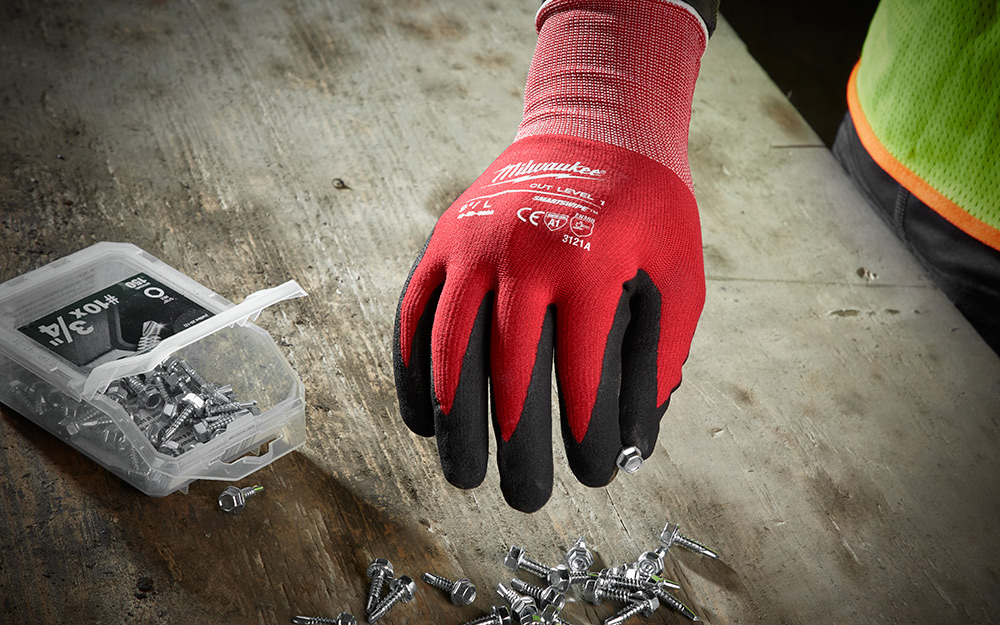
- Gloves can be made from a wide array of materials, each with different properties and uses.
- Common materials used to make gloves include leather, cotton, latex, canvas, metal mesh and more. Some are even disposable gloves.
- If you're allergic to latex and other materials that can cause irritation to your skin, be careful not to use gloves that contain those materials.
- Properly sized gloves allow for greater dexterity than oversized ones, and are more comfortable than gloves that are too small.
- Poorly fitting gloves can also cause blisters that can potentially contribute to injuries.
- If you're working with chemicals or pesticides, it is important to clean your gloves or dispose of them properly afterward. Always be sure to use gloves that will protect your hands from hazardous chemicals.
Sizing and Fit
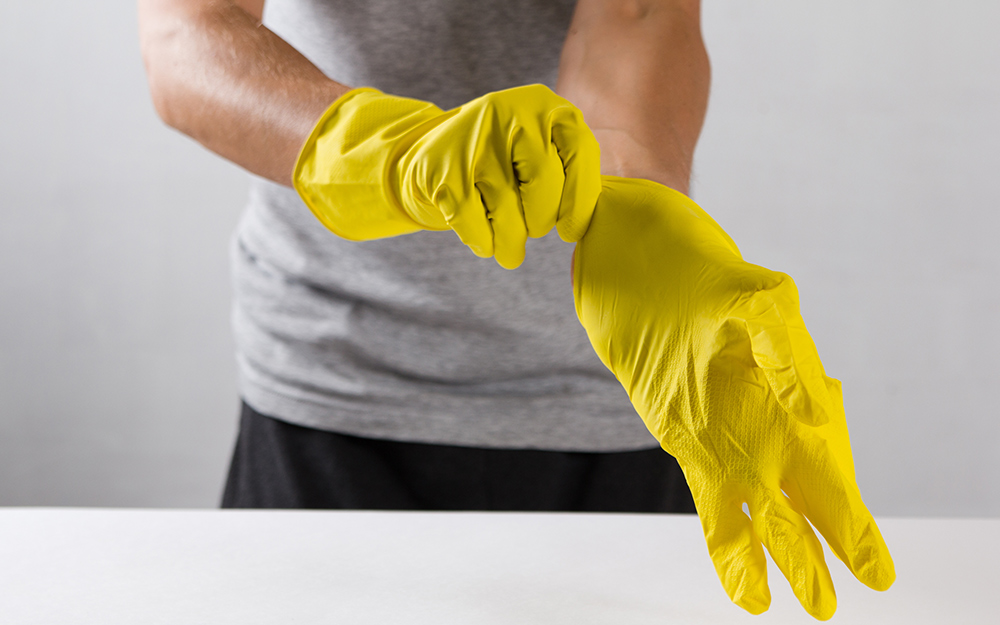
Having gloves that fit is essential to comfort and, in many cases, safety. Poorly fitted gloves restrict motion and can cause muscle cramps, aches and blisters.
You'll find that gloves with seams across the palm are often more comfortable, while gloves with seams across the back may provide more of an exact fit. Inside seams last longer, but may rub or chafe your skin. Outside seams are more comfortable, but tend to wear out more quickly.
Measure your hand for gardening gloves with a tape measure around your knuckles. Lay your hand flat on a surface and wrap the measuring tape around your four knuckles, not your thumb.
The measurements for glove sizes are:
- Small: 6 1/2 to 7 1/4 inches
- Medium: 7 1/2 to 7 3/4 inches
- Large: 8 to 8 3/4 inches
- X-Large: 9 to 9 3/4 inches
- XX-Large: 10 to 10 3/4 inches
- XXX-Large: 11 to 11 3/4 inches
If your hand measures in between sizes, try sizing up. Gardening gloves fit looser than other types of gloves.
- Aluminized gloves protect against intense heat and are recommended for welding and furnace work.
- Canvas gloves prevent blisters when working with long-handled tools. Use canvas gloves for yard work, concrete and roofing applications, and HVAC work.
- Cotton/jersey/fabric gloves allow skin to breathe and offer an improved grip, as well as protection from heat and cold. Look for a cotton/polyester mix for greater durability. Use these gloves for painting, installing insulation, light-duty yard work and gardening.
- Full leather gloves are tough and durable and protect against abrasions. These gloves offer some cut and puncture protection. They protect against sparks. Use with an insulated liner when working non electrical applications. Choose this type of glove for construction, electrical, heavy-duty yard work, landscaping and woodworking.
- Latex gloves are often disposable. They offer excellent dexterity and protect against mild irritants. The powdered type may irritate skin. Choose latex gloves for painting, handling some chemicals and food processing.
- Leather palm gloves protect against abrasions and provide good flexibility. Choose these gloves for handling lumber, construction work, using power tools, carpentry and yard work.
- Metal mesh gloves protect against cuts and abrasions. Choose these gloves for cutting and working with sharp tools.
- Rubber/PVC/neoprene gloves offer excellent dexterity and are oil resistant. Use when applying pesticides, working with chemicals and gardening.
- Nitrile gloves are disposable, single-use gloves that protect against pathogens. They are latex free. Nitrile gloves are used in the medical industry and in food processing.
- Vinyl gloves are inexpensive and loose-fitting type gloves. They are disposable and latex free. Vinyl gloves are used in food processing, also for painting and cleaning.
Usage and Safety
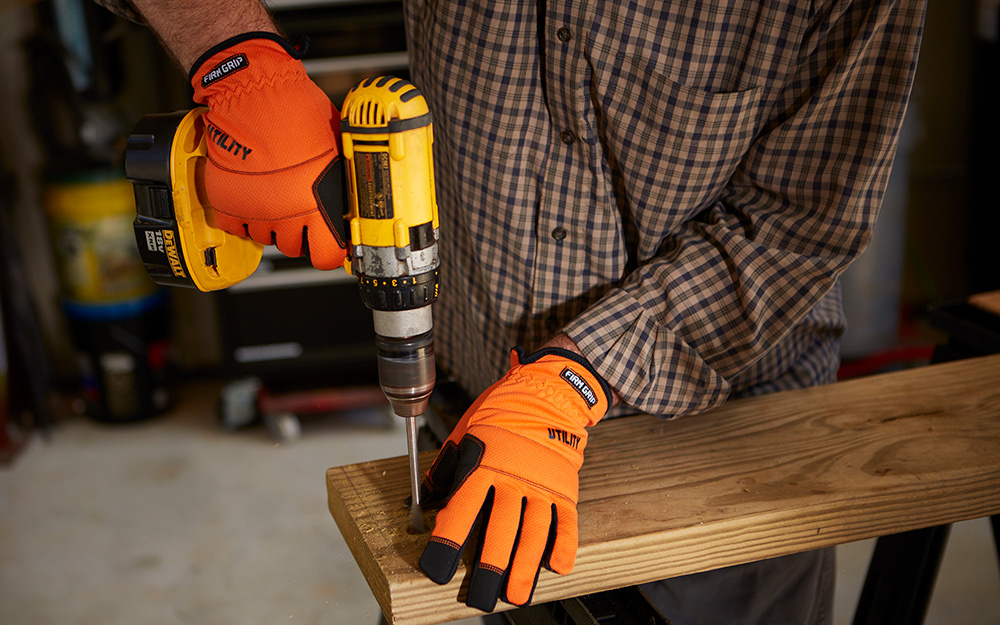
- While working with prickly vines or thorns (like roses), it is best to have gloves with long cuffs to protect your arms.
- Gloves that come in contact with hazardous chemicals should be taken off inside out to avoid exposing your skin.
- Avoid wearing gloves near machines, such as grinders, drill presses and lathes, as they can get caught and cause injury.
- Tuck sleeves into your gloves to prevent chemicals from contacting your skin.
- Replace gloves when they become visibly worn out or frayed.
- Look for gloves with rubber dots on the palms and fingers for a better grip.
- If you work outdoors in the cold, look for gloves with heating system options.
Alternatives to Latex
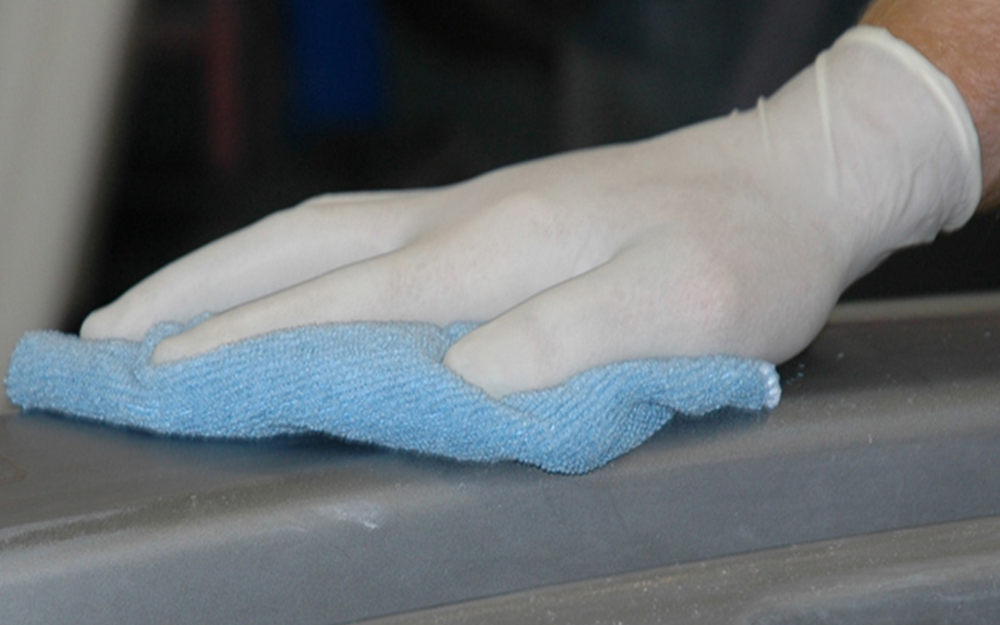
Latex gloves are made of rubber, an all-natural material. They're comfortable, offer dexterity and are often used in the medical field. Because they're rubber, they do a good job of warding off infectious material.
However, some people are allergic to latex. Nitrile and vinyl gloves are excellent alternatives.
- Nitrile gloves are made of synthetic rubber, and are therefore latex free. They're also exceedingly puncture resistant, making them a favorite among those in the medical profession.
- Vinyl gloves are latex free as well. They're popular in the food industry and less expensive than nitrile.
Designed for short-term use, they're a low-risk, disposable option.
For projects big and small, we have the gloves to protect your hands and make your project easier. The Home Depot delivers online orders when and where you need them.
